We have grown so used to the classic visage of Frankenstein’s monster. It’s plastered on Halloween-themed goods every year, and it is so common that we could barely imagine him looking another way.
But the flat-topped skull and neck bolts were once an innovative and entirely new way of presenting the monster from Shelley’s classic tale.
The look for Frankenstein came from a variety of sources. First, was Boris Karloff himself. Karloff’s unique features and wide brow inspired much of the look.
Second, the makeup was created by Jack Pierce, a master in the art of makeup. He went on to create some of the most famous monsters in the Universal lineup, Bride of Frankenstein and the Wolf Man among them.
According to the book The Horror People, by John Brosnan, Jack Pierce spent weeks preparing for the first makeup test. And he certainly did his research. Pierce said:
“I discovered there are six ways a surgeon can cut the skull, and I figured Dr. Frankenstein, who was not a practicing surgeon, would take the easiest. That is, he would cut the top of the skull straight across like a pot lid, hinge it, pop the brain in, and clamp it tight. That’s the reason I decided to made the Monster’s head square and flat like a box.”
Lastly, sources disagree on how heavy a hand director James Whale played in the final makeup design. While Jack Pierce never admitted Whale’s influence, many contend that he played a role in making the monster we know today (source: The Monster Show by David J. Skal).
Regardless, the makeup was certainly effective. The first time he wore it, Boris Karloff ran into a prop man in the hall. Karloff said:
“He was the first man to see the monster — I watched to study his reaction. It was quick to come. He turned white — gurgled — and lunged out of sight down the corridor. Never saw him again. Poor chap, I would have liked to thank him — he was the audience that first made me feel like the monster.” (source: The Monster Show by David J. Skal)
The frightening look of Frankenstein was so popular and effective, that Universal took great pains to protect its intellectual property in future non-Universal films. When Hammer Films created the Curse of Frankenstein more than 20 years later, Universal threatened to sue if Hammer used any elements that were unique to their movies (source: The Hammer Story: The Authorized History of Hammer Films by Hearn and Barnes). This included Jack Pierce’s famous makeup. This is why subsequent, non-Universal pictures look so different from the monster we expect.
Which is your favorite version of Frankenstein’s monster?
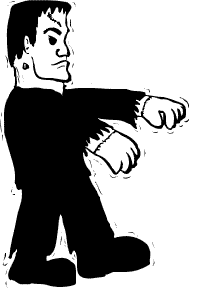
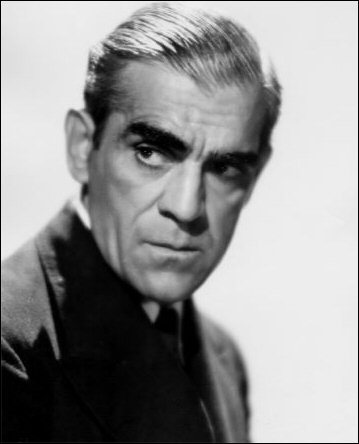
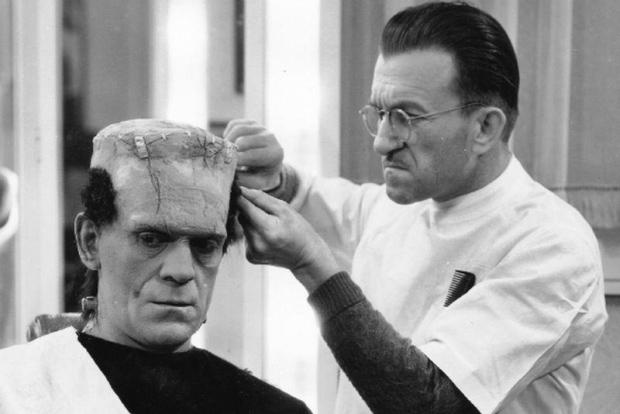
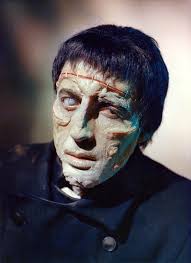
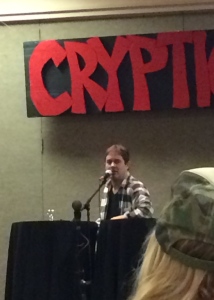
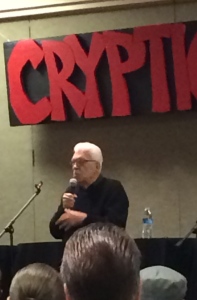
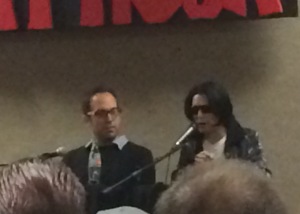
Recent Comments